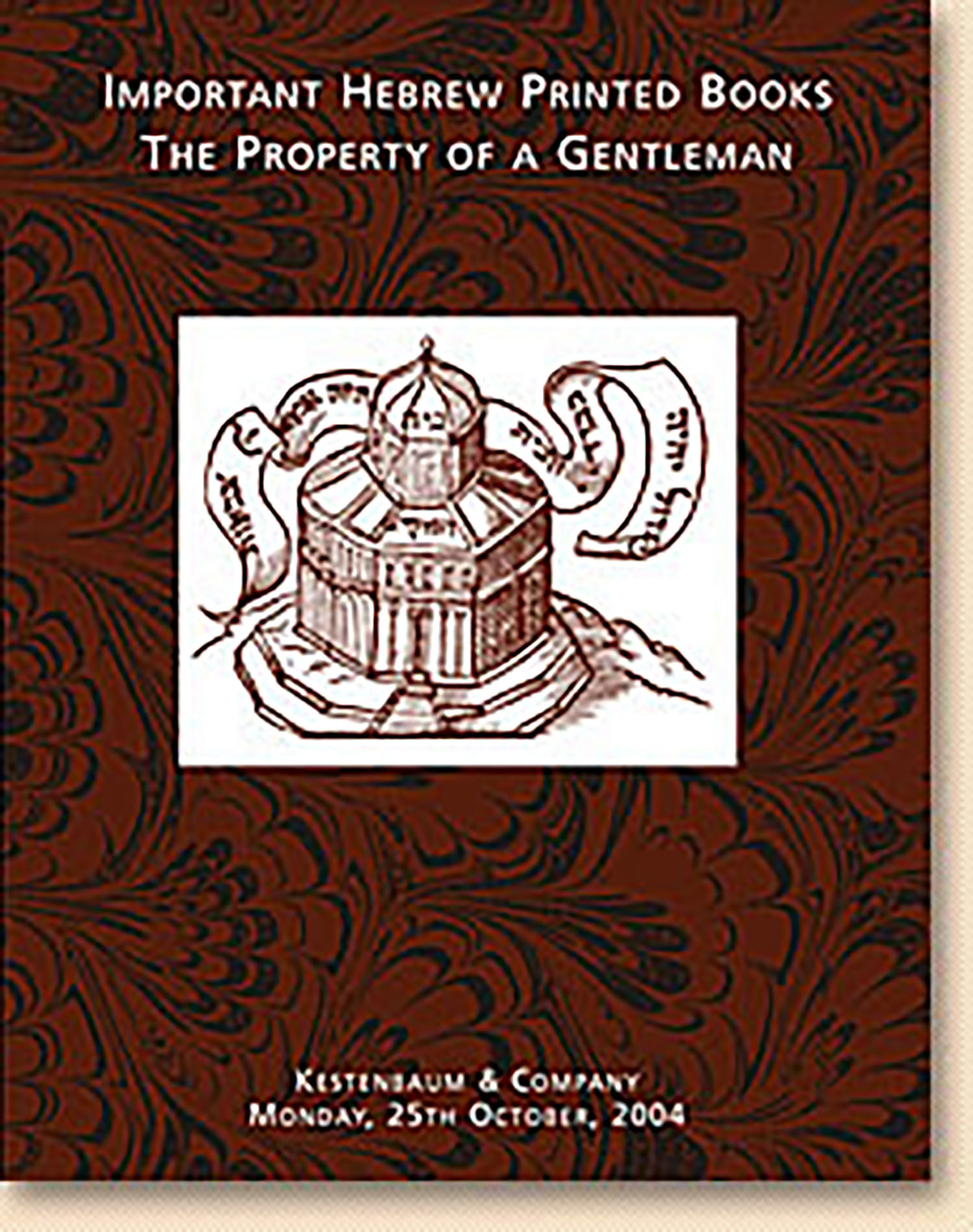(MAIMONIDES / RaMBa”M). Mishneh Torah [Rabbinic Code]. Fourteen parts in two volumes

AUCTION 25 |
Monday, October 25th,
2004 at 1:00
Important Hebrew Printed Books: The Property of a Gentleman
Lot 40
MOSES BEN MAIMON
(MAIMONIDES / RaMBa”M). Mishneh Torah [Rabbinic Code]. Fourteen parts in two volumes
Venice: Daniel Bomberg 1524-25
Est: $30,000 - $50,000
PRICE REALIZED $65,000
The fifth Maimonides edition. The second edition of Abraham ben David of Posquieres (RAVa”D). The first edition with Migdal Oz - together with the text for the entire work. The Migdal Oz by Shem Tov Gaon was previouslly published in the Constantinple edition however only on the section of Sepher Ahavah. The present copy contains the rare, unnumbered, scholarly, introductory leaf by the editor, R. David b. Eliezer HaLevi. Dienstag states that this leaf is missing from the majority of the copies of this editon that he examined.
In his introduction, the editor sets out how he edited and corrected this edition. In certain cases he made no changes, even though he felt it was necessary, since he had in front of him five “sifrei Ramba"m” (i.e. manuscripts) all of which had the same reading. He does however present four examples of corrections made on his own initiative and the lengthy scholarly basis of his reasoning for doing so. This introduction has never republished
